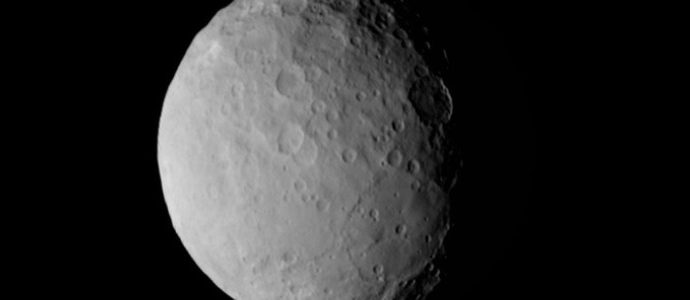New Bodies of Water Have Been Found Under the Surfaces of Mars and Ceres
Two years after first finding evidence of a liquid-water lake under the southern ice cap of Mars, the same research team responsible for the 2018 discovery has found evidence of even more bodies of water under the frozen Martian wastes. And even closer to Earth, evidence also surfaced for aread more
